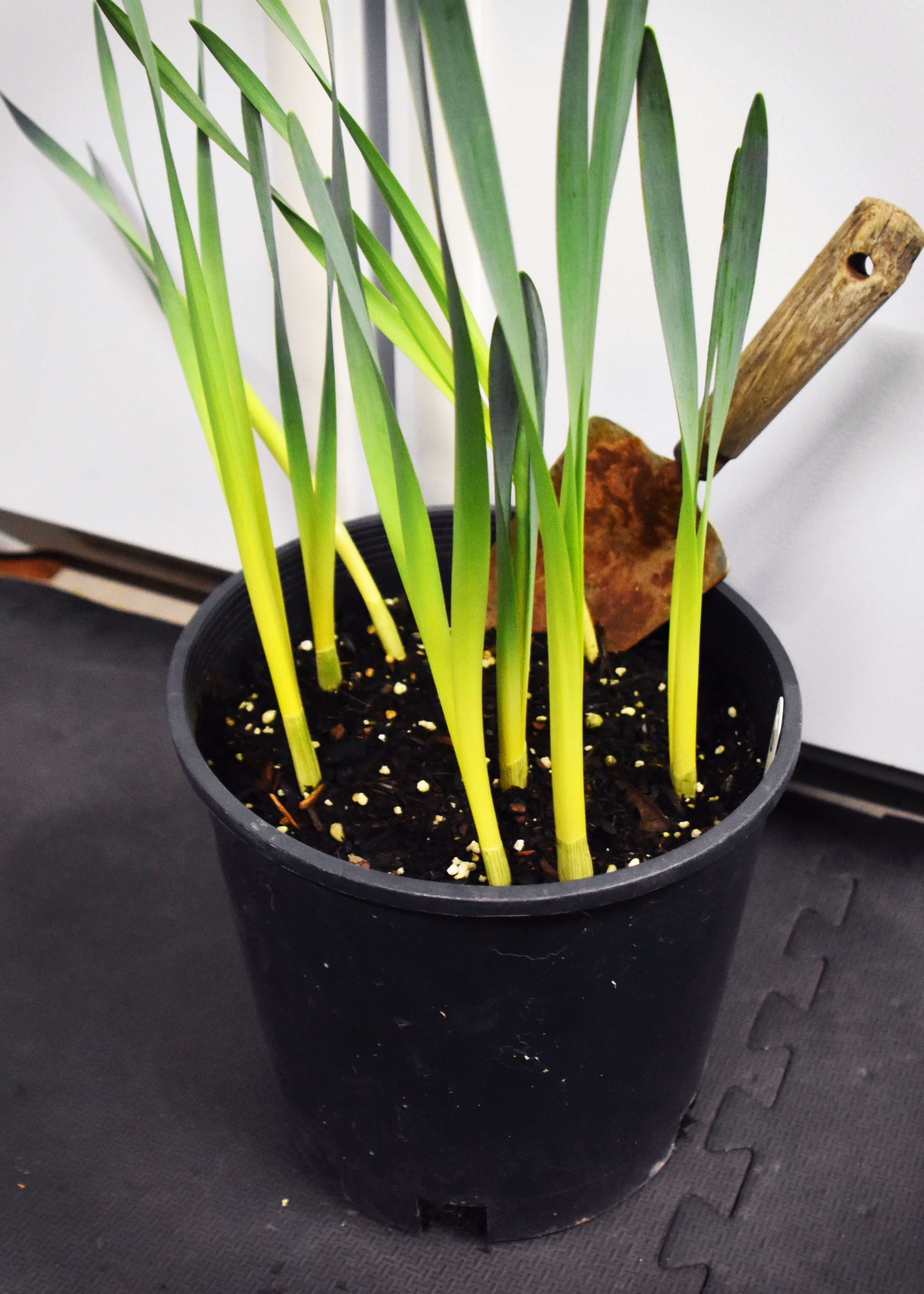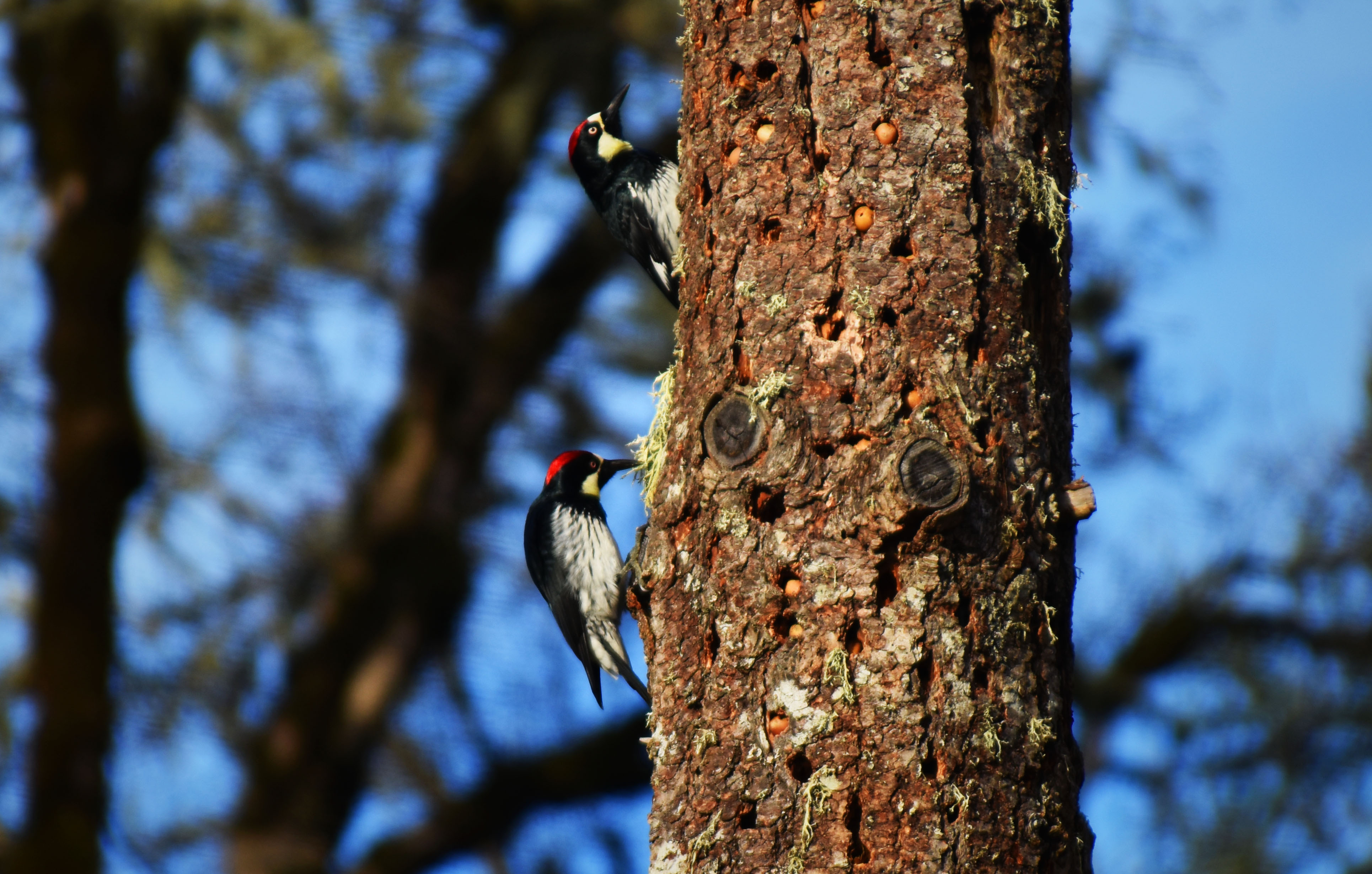These gardening tips are kind of a big dill
Allison Vanderzanden | Lifestyle Editor
Growing a garden can be a rewarding hobby, though winter makes it all but impossible to grow greens outdoors. Luckily, many herbs and small vegetables can be grown indoors, a win-win for those without outdoor spaces and those looking for year-round fresh goods. Here are some steps to starting a personal indoor garden.
Firstly, map out the perfect spot in the house. Most plants will grow best in a south facing window with full sunlight. If no such window is available, investing in incandescent, fluorescent or full spectrum LED lights is also an option.
Pick out which greens are going to be planted. The possibilities are endless ⏤ from scallions to basil to oregano to microgreens. According to gardentherapy.ca, the easiest herbs to grow indoors include chives, mint, parsley and Vietnamese coriander. Seedlings tend to be less fickle than seeds — a good option especially for novice gardeners. Buy seeds and seedlings from the gardening center at a grocery outlet or home improvement store.

Next, acquire other necessary supplies; use pots, containers or window boxes at least four inches deep, and make sure they have drainage holes with a drip tray underneath. Get organic potting soil and some type of watering can or mister, and buy fertilizer if desired.
Pat down about two inches of soil into a pot, then scatter many seeds over the soil. Top with a thin layer of soil, then water and add optional fertilizer. If repotting seedlings, make sure the roots get fully covered with dirt. Place the pots in adequate light; if using artificial light, set it on a timer for about 16 hours per day.
Each plant is unique, so follow growing instructions provided on the seed packet or online. Most plants will need to be watered every couple of days. Many greens will pop up in about one week, and some may be ready to harvest in as little as three weeks; cuttings can be taken starting when the plant reaches at least four inches tall.
When harvesting, use clean, sharp scissors to cut lower outer leaves and stems. Harvest often, but cut less than one third of the plant at a time to encourage growth. Enjoy fresh herbs and vegetables in meals, soups and salads all year-round.

Contact the author at avanderzanden19@mail.wou.edu




